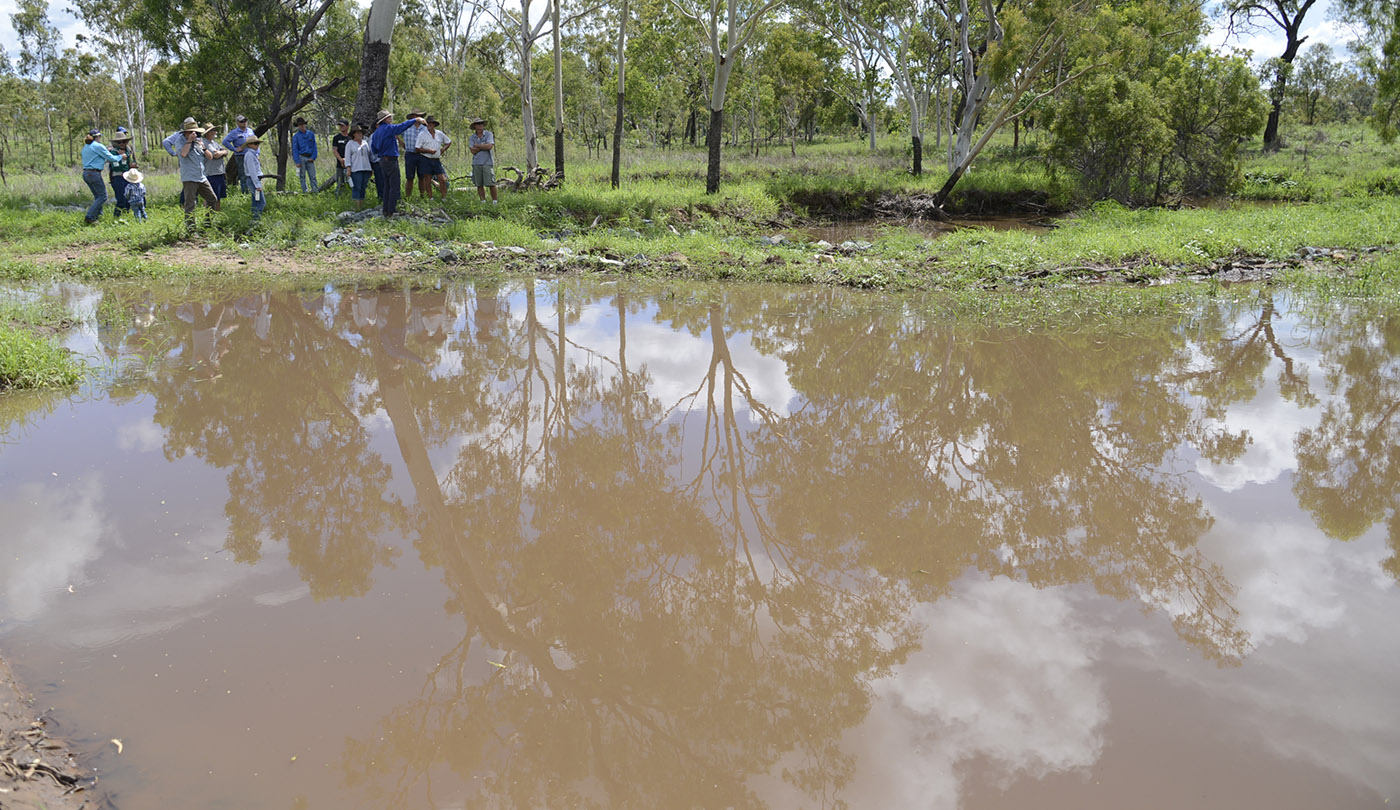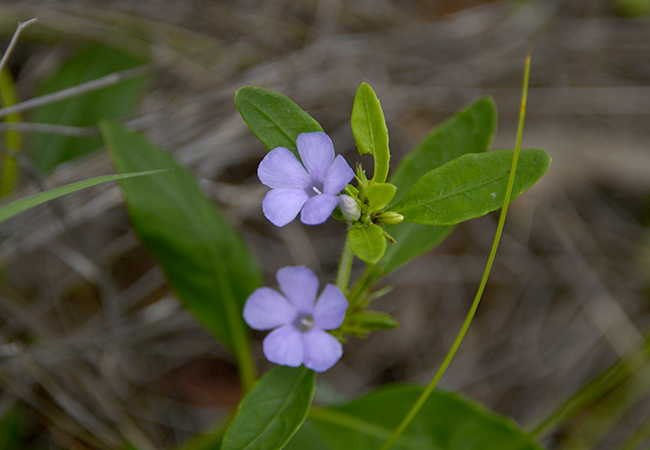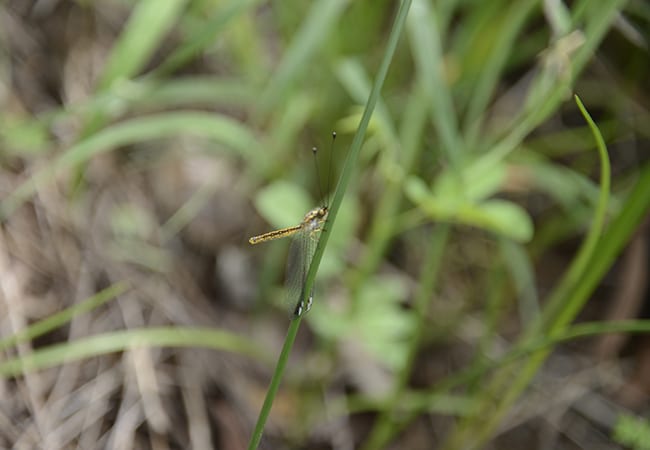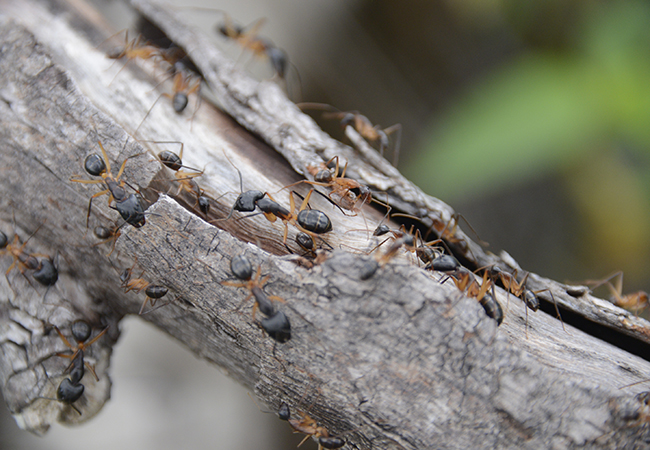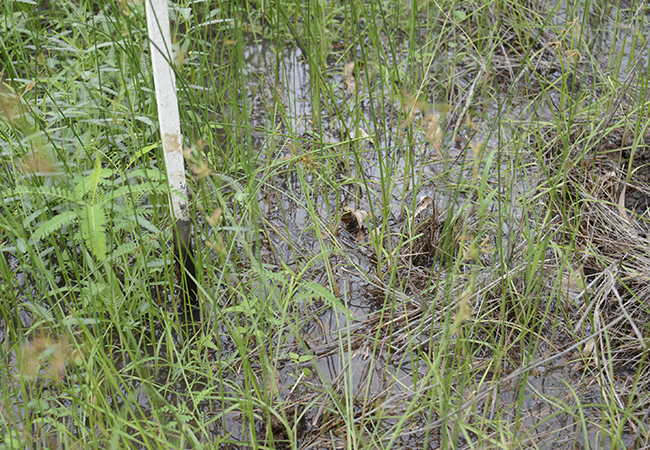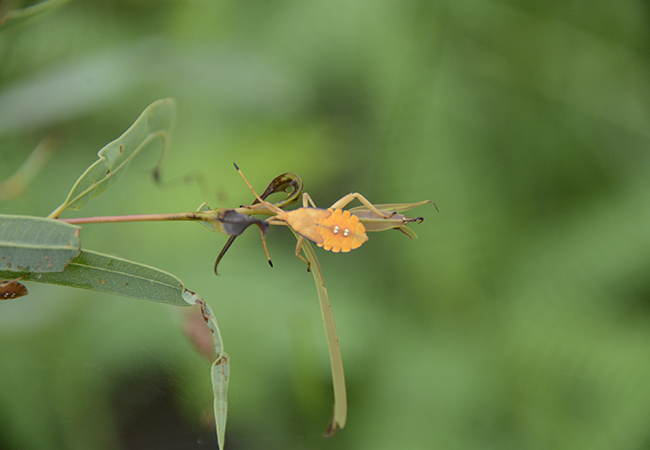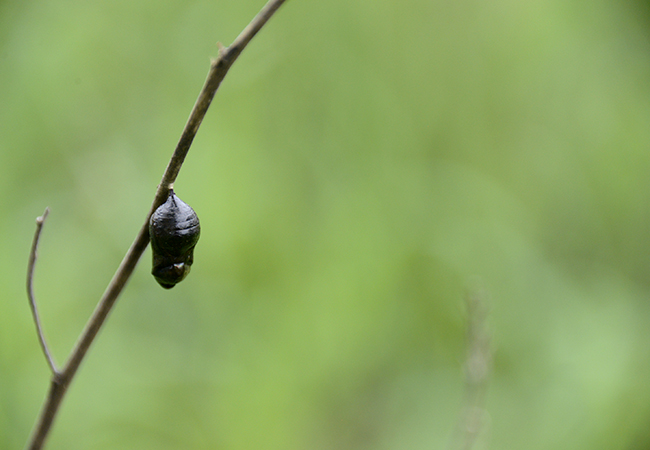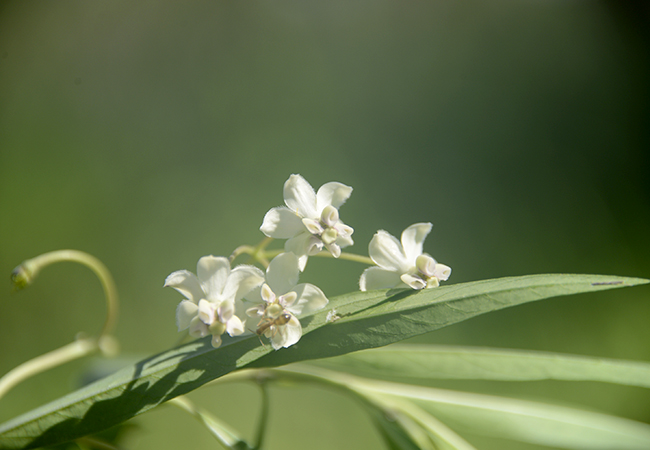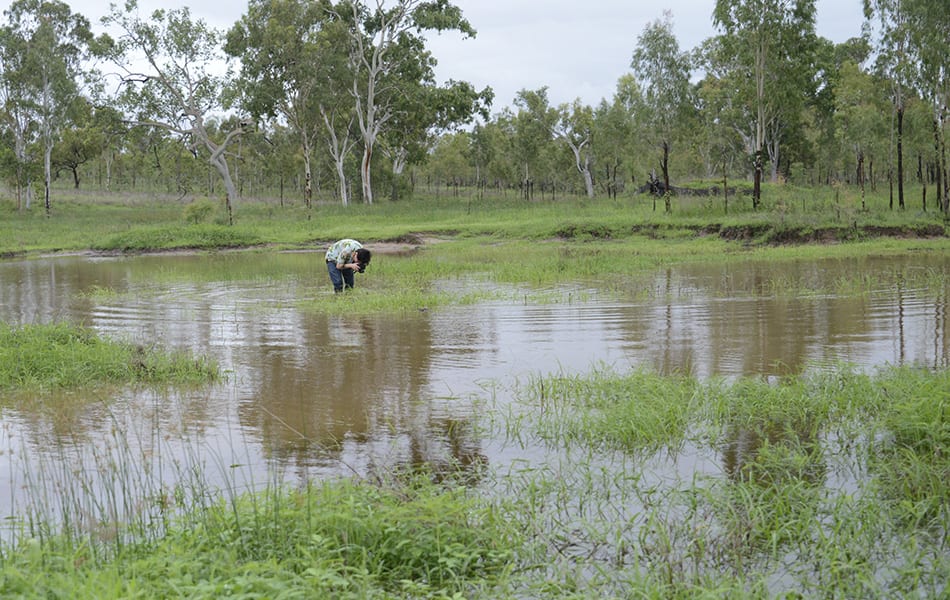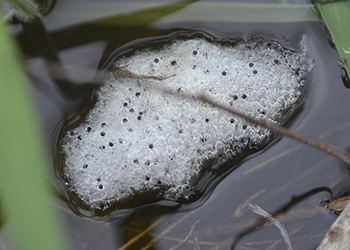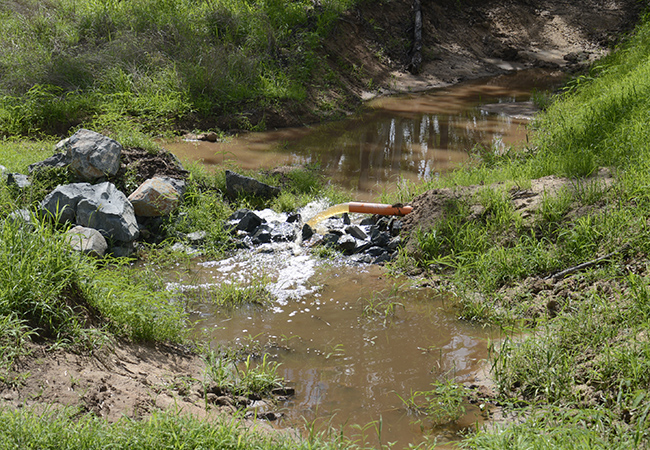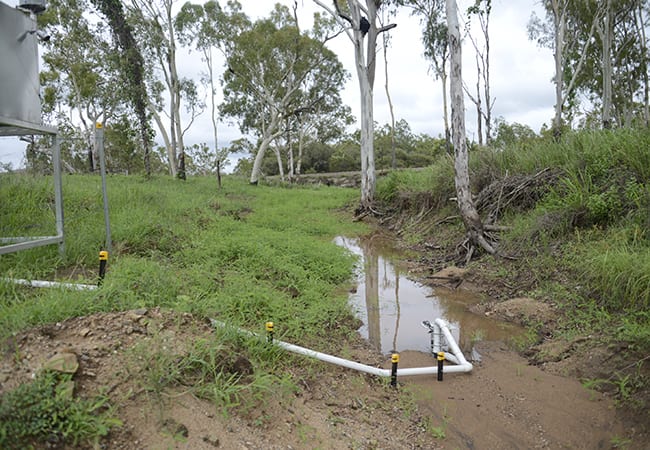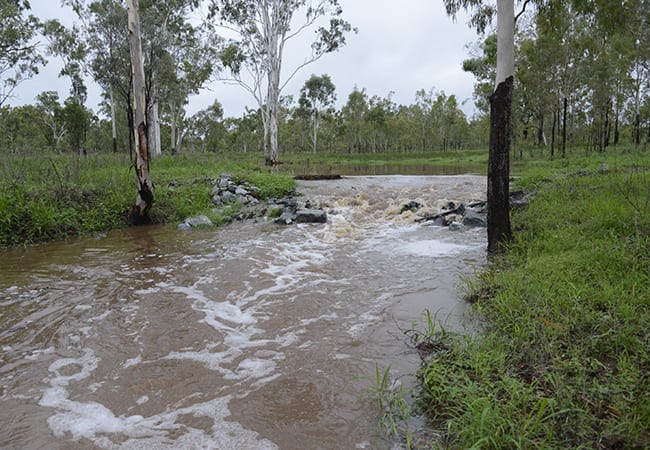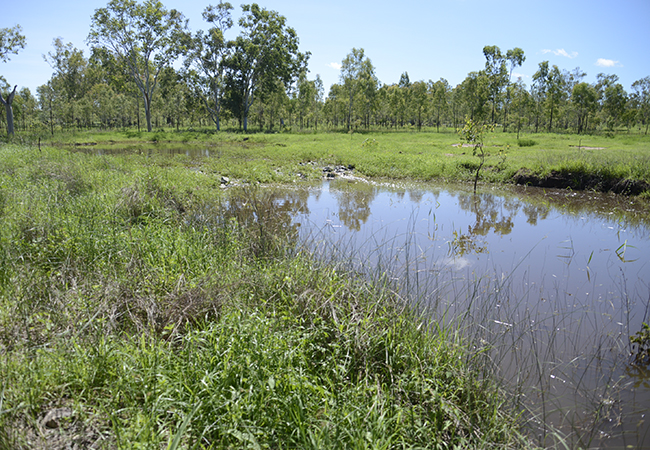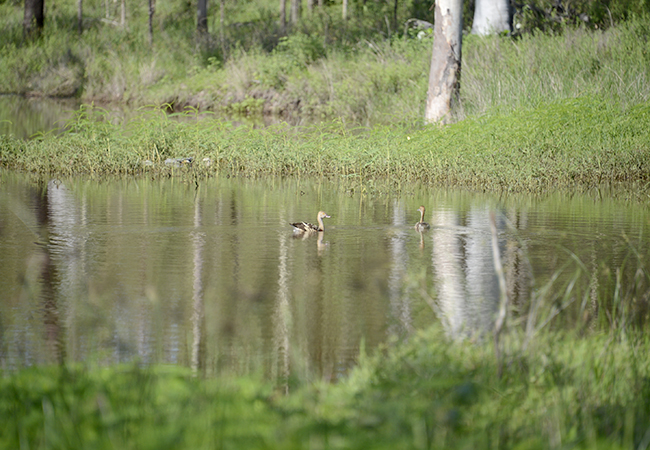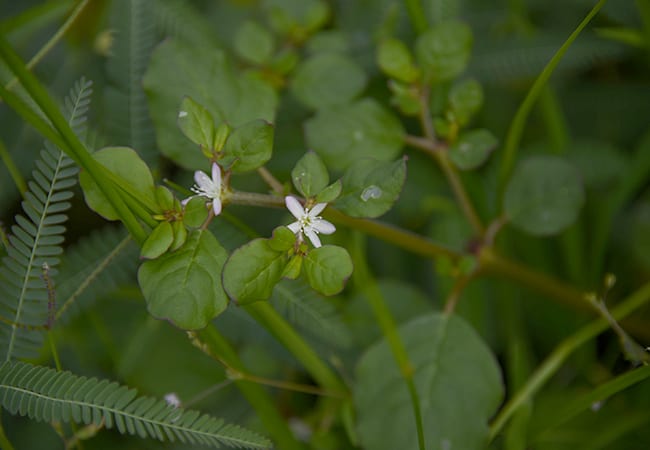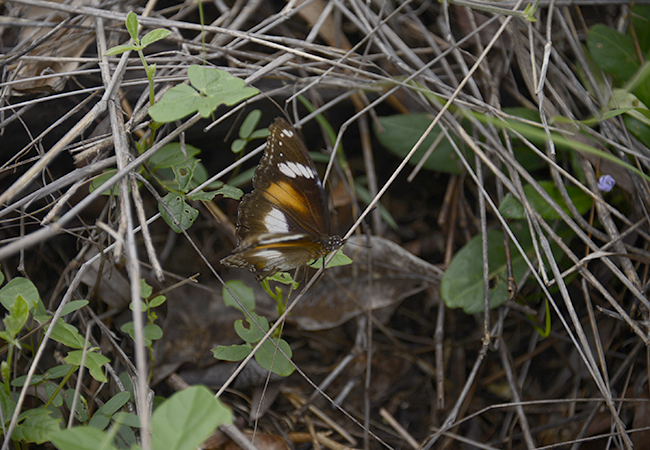
Early data shows encouraging progress at Mt Pleasant Learning Hub
The 2019-20 wet season monitoring results are in for the Mt Pleasant Learning Hub and they show an improvement in vegetation on the hillslope and the gully of the treatment site.
The Mount Pleasant Learning Hub, featuring Mulloon Institute landscape rehydration techniques, has been designed to reinstate the hydrological function of the landscape.
Treatment works were completed in 2019. The site is a good demonstration of what can be achieved to improve water quality on a stable gully system that is no longer active.
Data reported through CSIRO from the 2019-20 wet season shows improvements in vegetation on the hillslope and the gully of the treatment site.
Two biodiversity assessments were conducted by James Cook University (JCU) officers at the rehydration site and reference sites pre-wet November 2019 and post-wet May 2020, with interesting results.
Monitoring rehydration
Data reported through CSIRO from the 2019-20 wet season showed improvements in the Mt Pleasant vegetation, on the hillslope and in the gully.
This site has the lowest fine sediment concentrations measured across all BBB gully remediation sites, measuring a mere ~60mg/L. This is almost 800 times less fine sediment concentrations than the two largest gully sites being monitored through the LDC project, attributable to the land condition of the catchment feeding into this system.
Agrotek soil moisture probes continue to validate the rehydration treatment is consistently maintaining total soil moisture levels (through the top 80cm profile) in excess of 7 per cent higher than the control site (41.47 per cent compared to 34.17 per cent volumetric water content).
This means that for each cubic metre of topsoil, the treatment site is holding more than three additional cups of moisture on average than the control site. This is great for plant growth, ground cover and biodiversity habitat.
Biodiversity surveys
JCU undertook two biodiversity assessments at the rehydration site and reference sites (pre-wet November 2019 and post-wet May 2020 assessment).
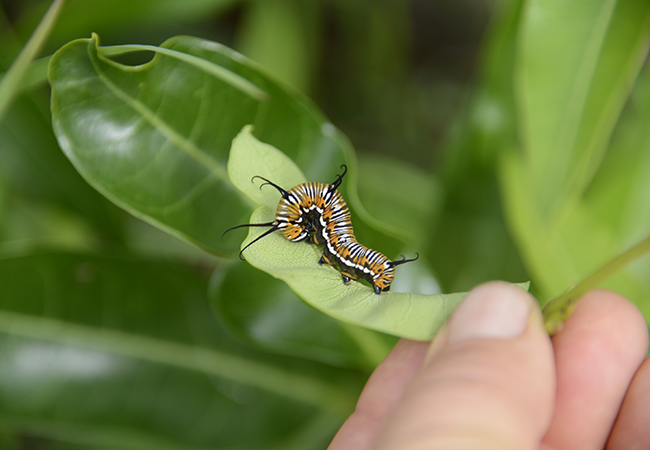 It is challenging to detect significant changes at this scale in coarse biodiversity metrics within short timeframes. Looking closely at specific fauna, it was found that the rehydration site supported a higher abundance of amphibians, while reference sites supported a higher abundance of reptiles.
It is challenging to detect significant changes at this scale in coarse biodiversity metrics within short timeframes. Looking closely at specific fauna, it was found that the rehydration site supported a higher abundance of amphibians, while reference sites supported a higher abundance of reptiles.
Mammal and bird abundance and richness were similar between treatments. Amphibian abundance was significantly higher at the rehydration site during the post-wet survey.
 This increase in amphibian activity is likely to be a result of the persistent water bodies around the log dams in the rehydration site. Therefore it can be concluded that the restoration structures have successfully retained water after heavy rains, slowing down drainage, and making ephemeral water bodies accessible for wildlife, especially frogs.
This increase in amphibian activity is likely to be a result of the persistent water bodies around the log dams in the rehydration site. Therefore it can be concluded that the restoration structures have successfully retained water after heavy rains, slowing down drainage, and making ephemeral water bodies accessible for wildlife, especially frogs.

